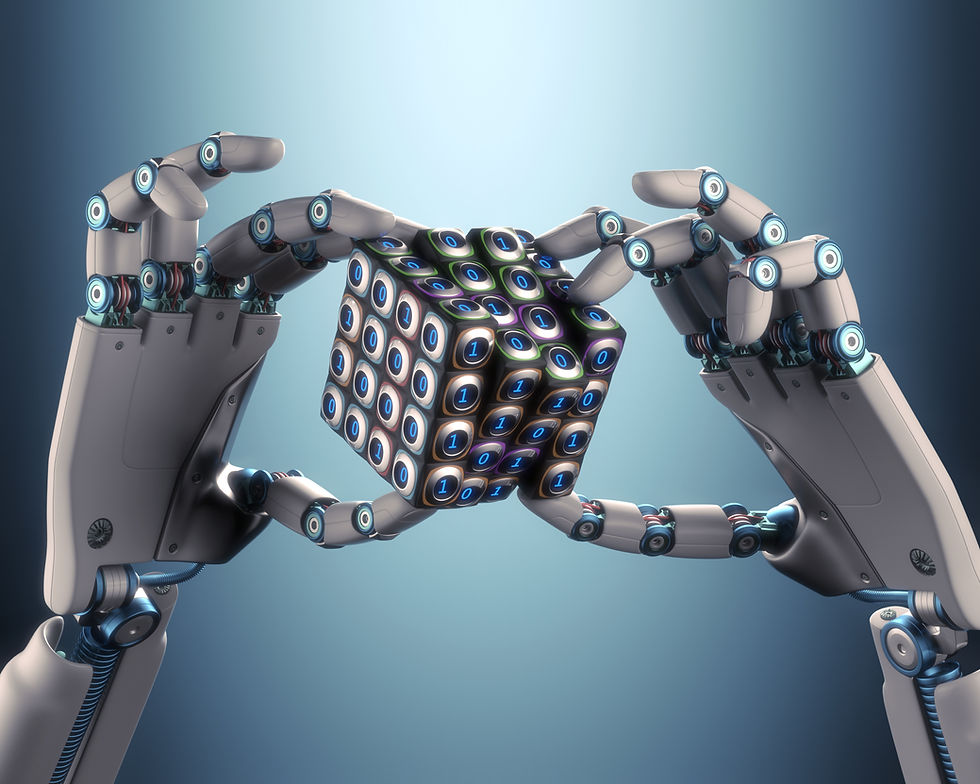What Are Robots?
- STEM To Go

- Nov 28, 2021
- 2 min read

Robots are machines that have the ability to perform tasks without the help of a person. Predominantly, they are controlled by a computer program. They can also be directly controlled by humans. Some are designed to look like humans; they have two arms and two legs as well as a similar looking face and bone structure. In this case, the behavior that they are seen exhibiting can suggest artificial intelligence or thought.
Many robots are seen to have multiple parts. For example, a robot created for industrial purposes is an arm-like machine, possessing the same framework as a real human arm, giving it the ability to use fingers and joints. Such a robot would also be equipped with a hand, granting it the ability to grasp things.
There are some robots available that have the ability to be “taught” to perform a task. A person might guide a robot through the actions required to complete a certain task. Sensors on the robot would be used to send signals about the movements to a computer accessible to the person controlling the robot. By storing the pattern of movements, the computer can retrieve the pattern and tell the robot what to do.
Most industrial robots are heavily utilized in the factory system. Their work includes having to load, move, and unload materials. Other robots are used on assembly lines, working to help build items that are in high demand such as cars and appliances.What makes robots very useful, particularly for humans, is their capability to do things that could be very dangerous to people. Robots can travel and be sent deep underwater or into outer space, since they do not need oxygen to breathe like humans do. Robots are also equipped with the capability to handle potentially dangerous materials such as radioactive waste and harmful chemicals.
Robots are usually made from a variety of materials; these tend to include metals and plastics. It is found that most robots are composed of three main parts:
The Controller ‐ a very detailed computer program that gives commands to the moving parts of the robot Mechanical parts ‐ motors, grippers, wheels, and gears that make the robot move, grab, turn, and lift
Sensors ‐ tell the robot about its surroundings and allow the robot to determine sizes, shapes, space between objects
Works Cited:
“Robot Facts for Kids.” Wikt:Agent, https://kids.kiddle.co/Robot.
“Robots - Britannica Kids.” Encyclopædia Britannica, Encyclopædia Britannica, Inc., https://kids.britannica.com/kids/article/robot/353723.



Comments